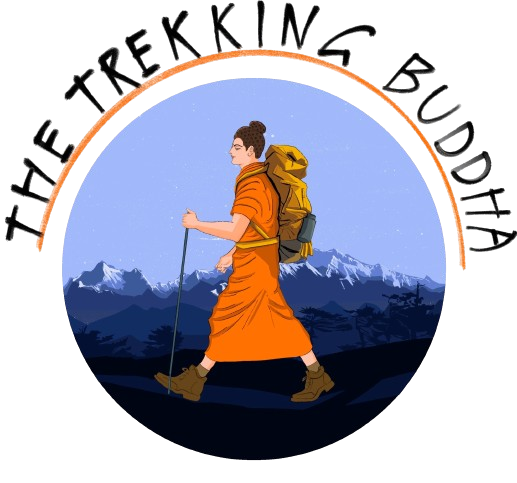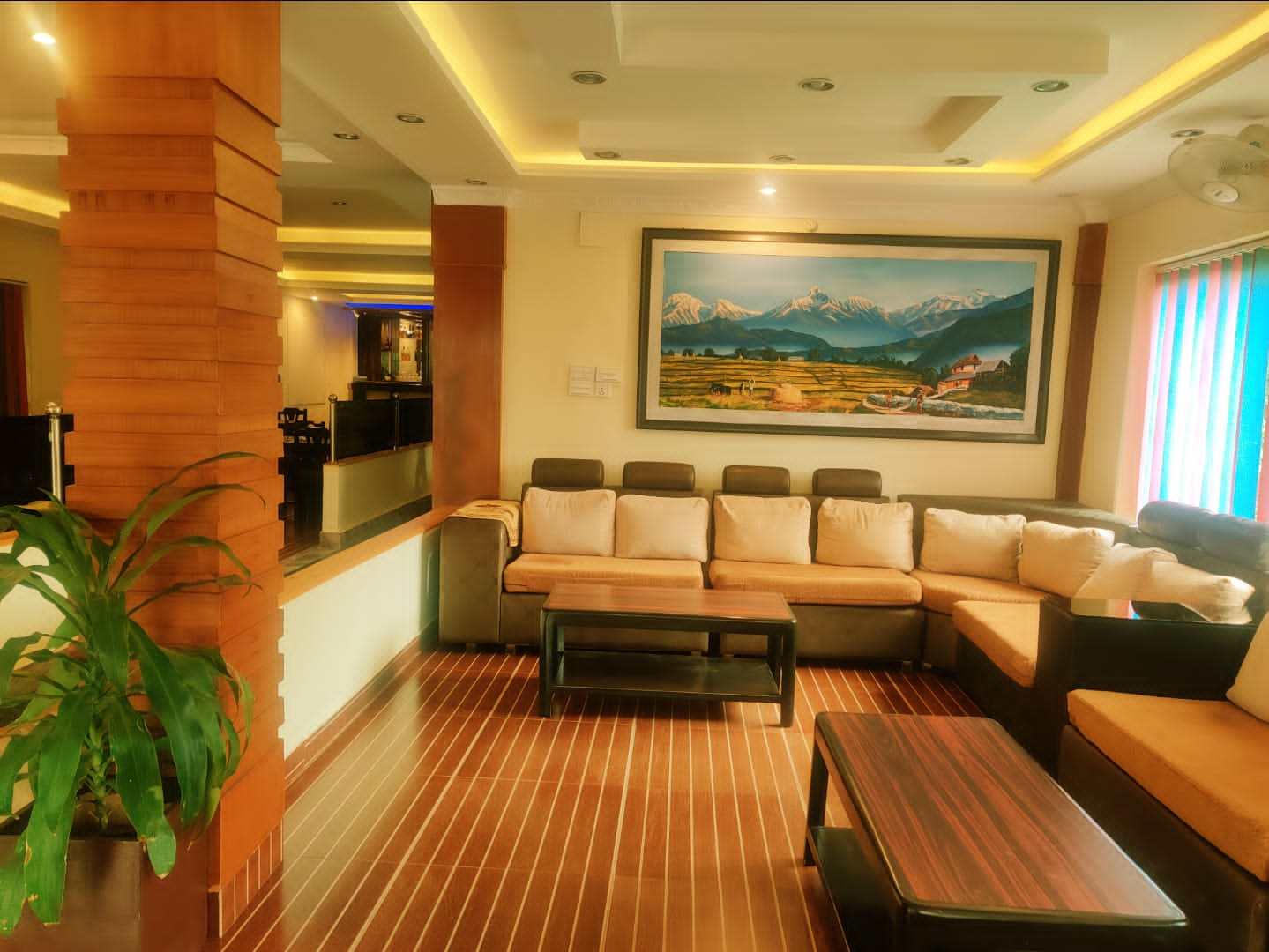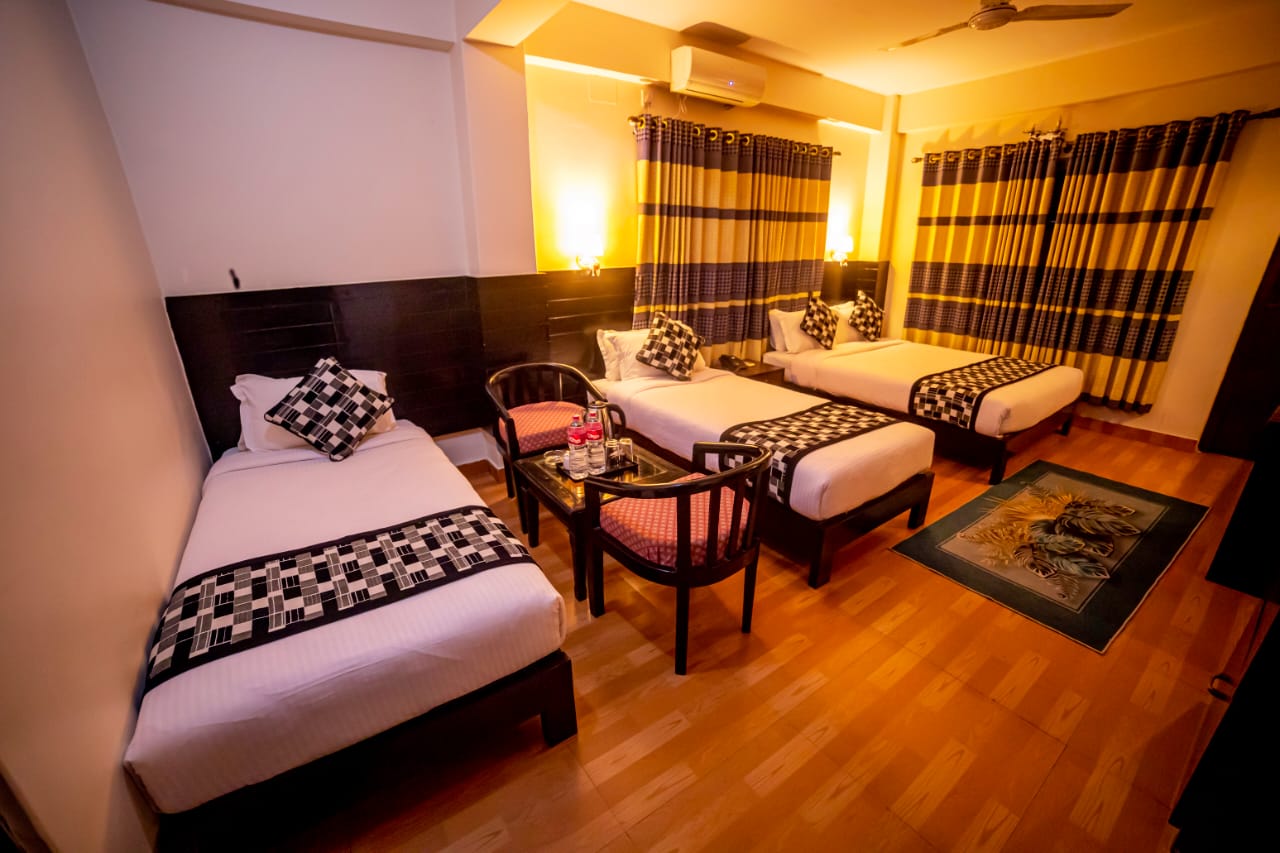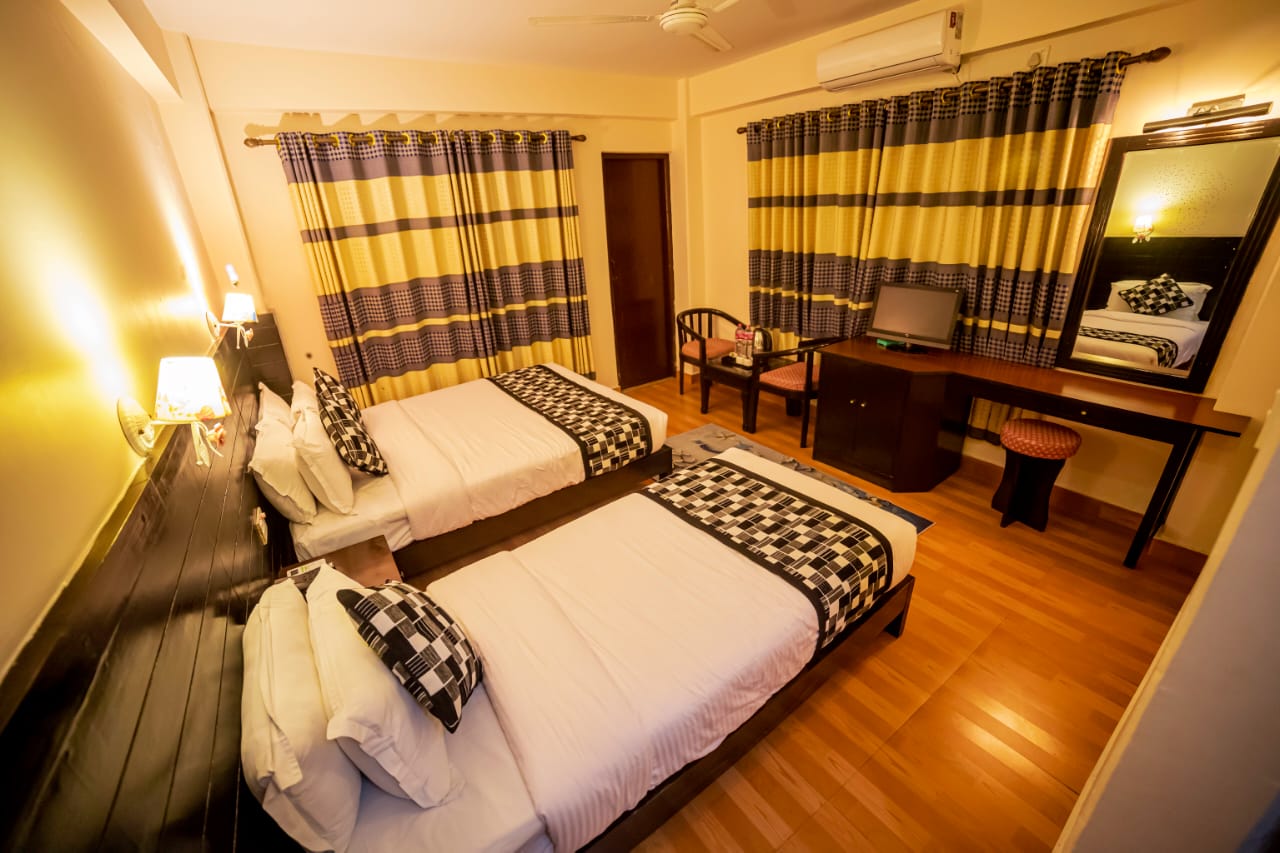annapurna
Our recent trek video with camerawalwbhaiya :
FEB 28
KOLKATA-KOLKATA
- Amazing food variety and outdoor leader
- Border- transport -assistance
MAR 04
KOLKATA-KOLKATA
- Amazing food variety and outdoor leader
- Border- transport -assistance
MAR 18
KOLKATA-KOLKATA
- Amazing food variety and outdoor leader
- Border- transport -assistance
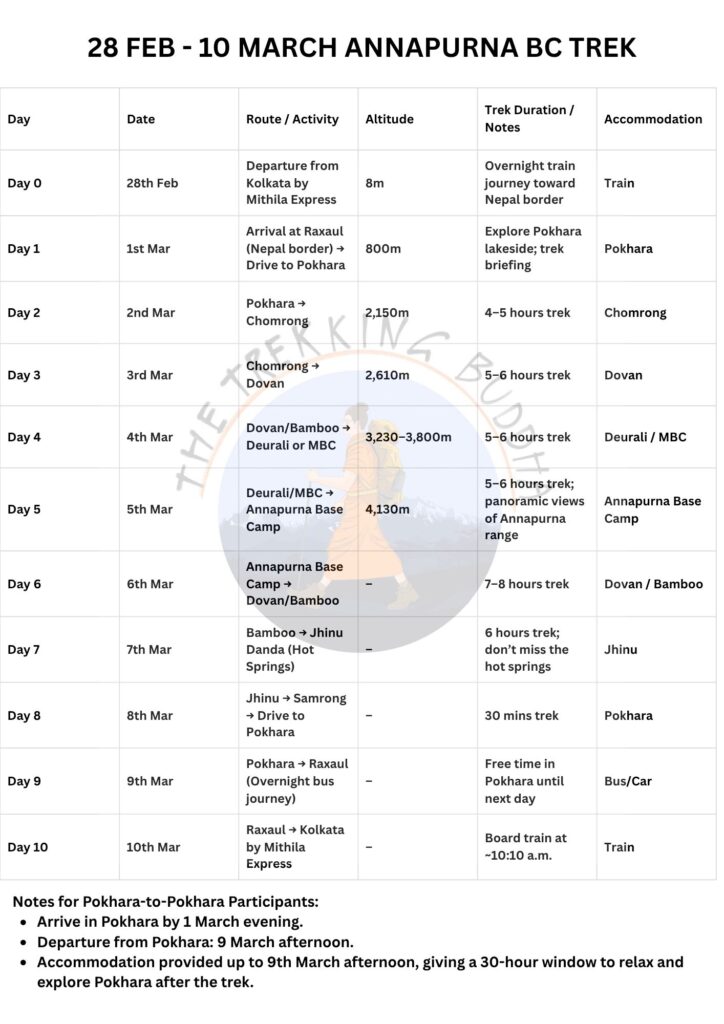
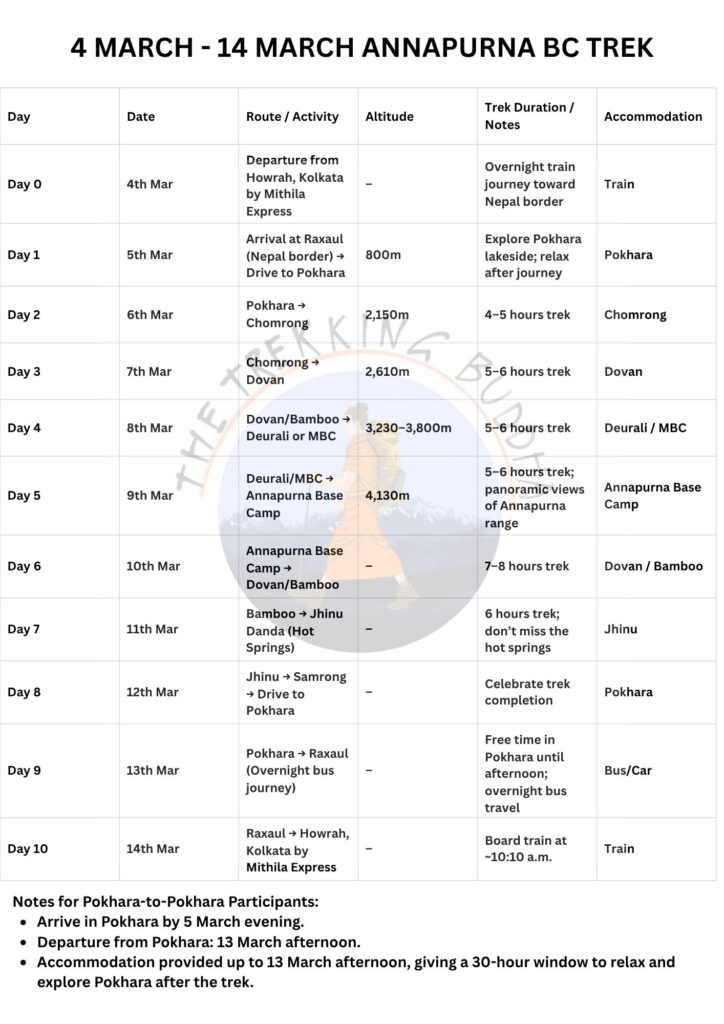
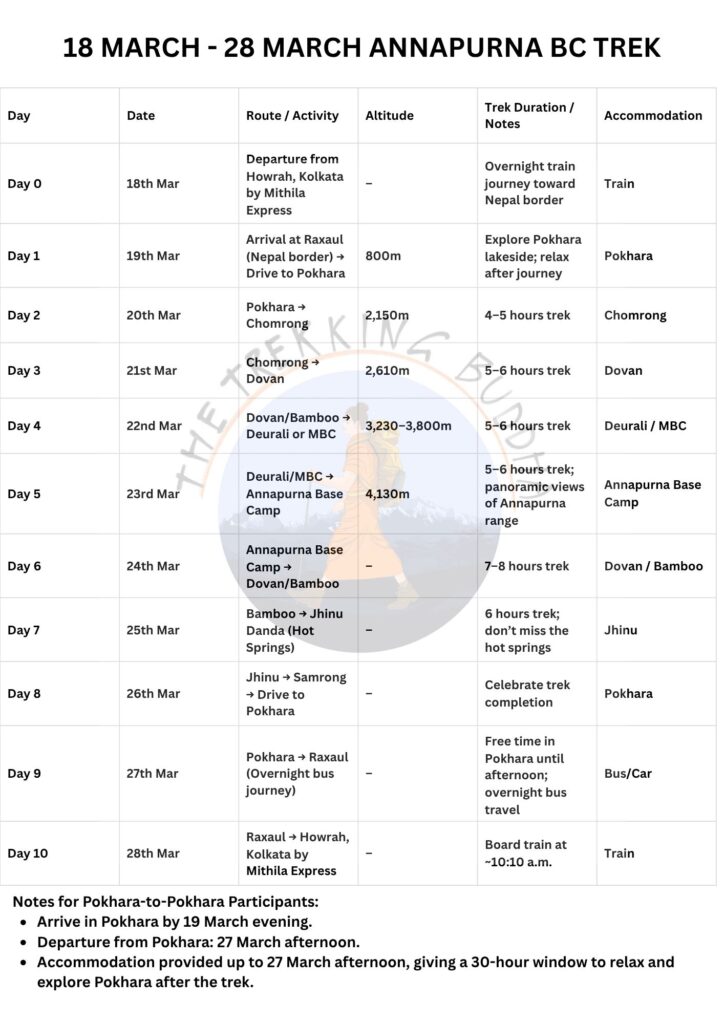
kolkata – kolkata
Annapurna Base Camp Trek – Inclusions, Costs & Important Information
Organized by The Trekking Buddha
Price & Booking
- Price: 29,900 INR per person (Updated 23 Aug 2025)
- Train: Kolkata → Nepal Border → Pokhara (and return) via 2AC / 3AC
- Train tickets are subject to availability.
- Booking Assistance: Our team will provide train tickets 12 hours before travel and assist you from Kolkata.
- Pick-up & Drop: If you want us to pick you up and drop you off in Kolkata, let us know.
- Booking Contact: WhatsApp +91 99321 41614 for Kolkata-to-Kolkata travel arrangements.
Inclusions
| Category | Details |
|---|---|
| Transport | From Kolkata → Nepal Border → Pokhara and return. Pokhara → Samrong & Samrong → Pokhara during trek. |
| Accommodation | Day 1 to Day 8 – Trek accommodations and 2 nights in Pokhara hotel. |
| Food | Day 2 Dinner → Day 8 Breakfast: Breakfast, Lunch, Dinner, and 2 Tea breaks per day. |
| Permits | All necessary trekking permits included. |
| Guide | Professional trekking guide throughout the journey. |
| Extras | Hot springs entry included. |
What is Not Included
- Wifi
- Any personal expenses
- Meals before Day 2 dinner and after Day 8 breakfast
- Extra accommodation during the trek
- Hot water, charging facilities, or personal room requests
Optional Services
- Porter Service: Available on request. Must inform us 15 days before trek start.
- Cost: 2,500–3,500 Nepalese Rupees per day.
- Personal Room: If you want a personal room during the trek, inform the team in advance and it will be arranged accordingly.
Cancellation & Refund Policy
- If the trek is cancelled due to national issues, landslides, or pandemic, a 75% refund will be provided.Applicable for cancellations made 1–21 days prior to trek start date.
- Visit terms and conditions* for more
POKHRA – POKHRA
Annapurna Base Camp Trek – Pokhara to Pokhara Package
Organized by The Trekking Buddha
Price & Booking
- Price: 24,900 INR per person
- Joining Point: Pokhara
- Departure from Pokhara: Day 1 evening (check-in at hotel).
- Return to Pokhara: Day 8 evening after trek completion(Accommodation will be provided).
- Accommodation in Pokhara will be provided up to POKHRA (or as per trek dates), giving you a 30-hour window to relax and explore the city.
- Booking Contact: WhatsApp +91 99321 41614
Inclusions
| Category | Details |
|---|---|
| Accommodation | Trek accommodations from Day 1 to Day 8 and 2 nights in Pokhara hotel. |
| Food | Day 2 Dinner → Day 8 Breakfast: Breakfast, Lunch, Dinner, and 2 Tea breaks per day. |
| Permits | All necessary trekking permits included. |
| Guide | Professional trekking guide throughout the journey. |
| Extras | Hot springs entry included. |
| Local Trek Transport | Pokhara → Samrong & Samrong → Pokhara during trek. |
What is Not Included
- Wifi
- Any personal expenses
- Meals before Day 2 dinner and after Day 8 breakfast
- Extra accommodation during the trek
- Hot water, charging facilities, or personal room requests
Optional Services
- Porter Service: Available on request. Must inform us 15 days before trek start.
- Cost: 2,500–3,500 Nepalese Rupees per day.
- Personal Room: If you want a personal room during the trek, inform the team in advance and it will be arranged accordingly.
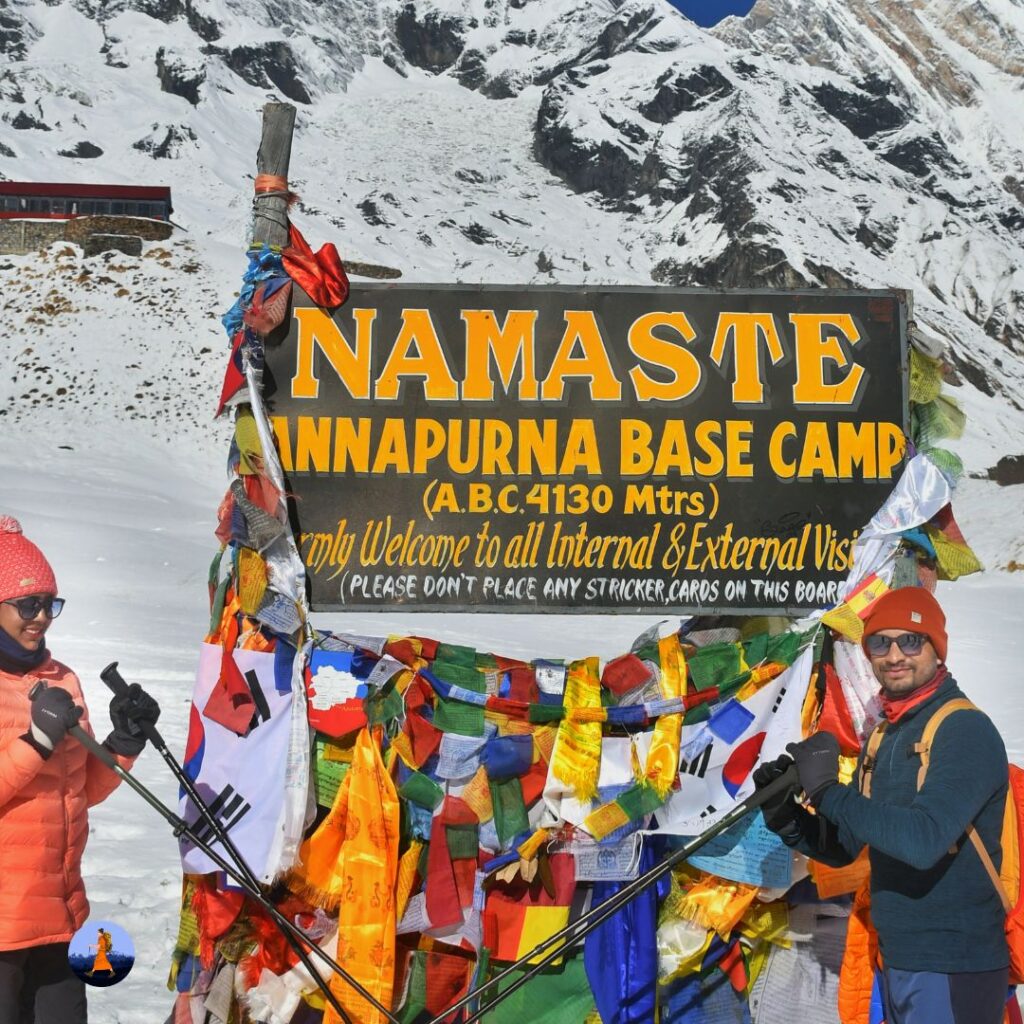
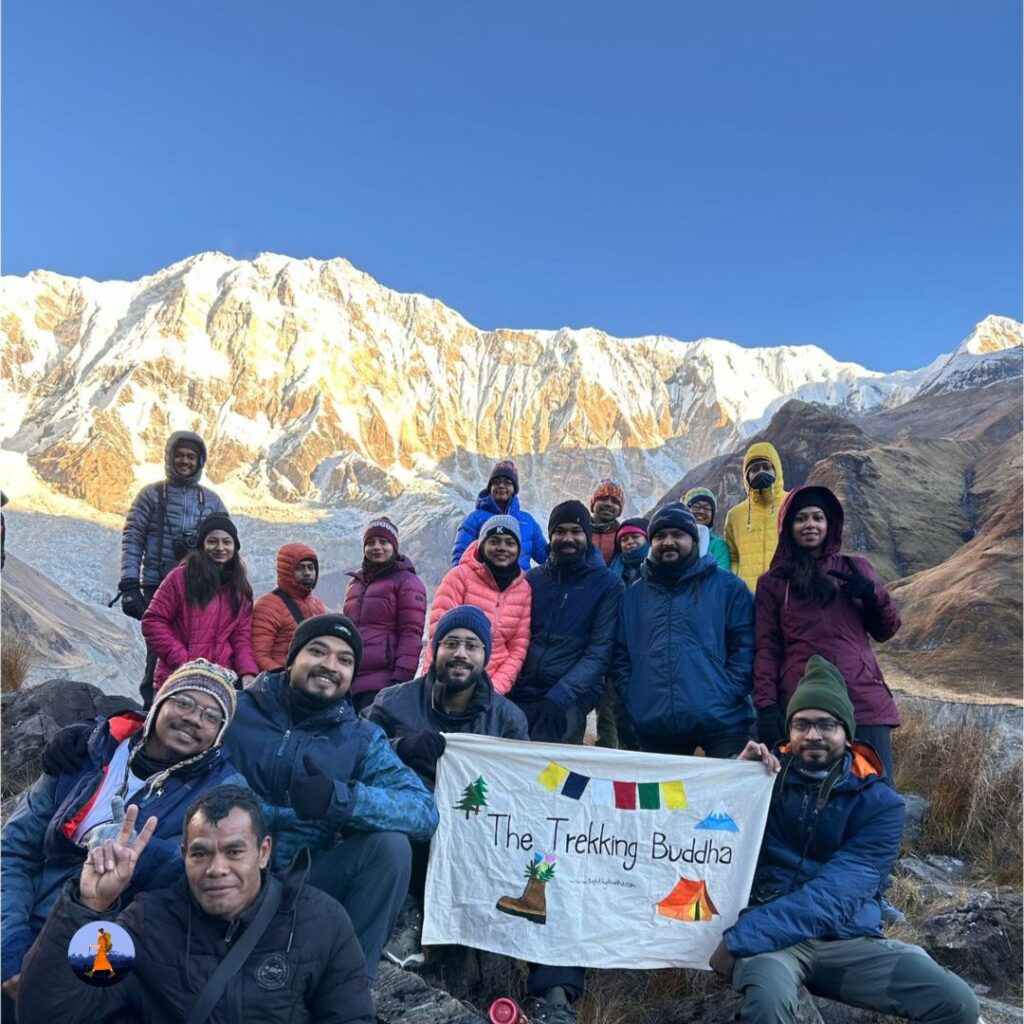
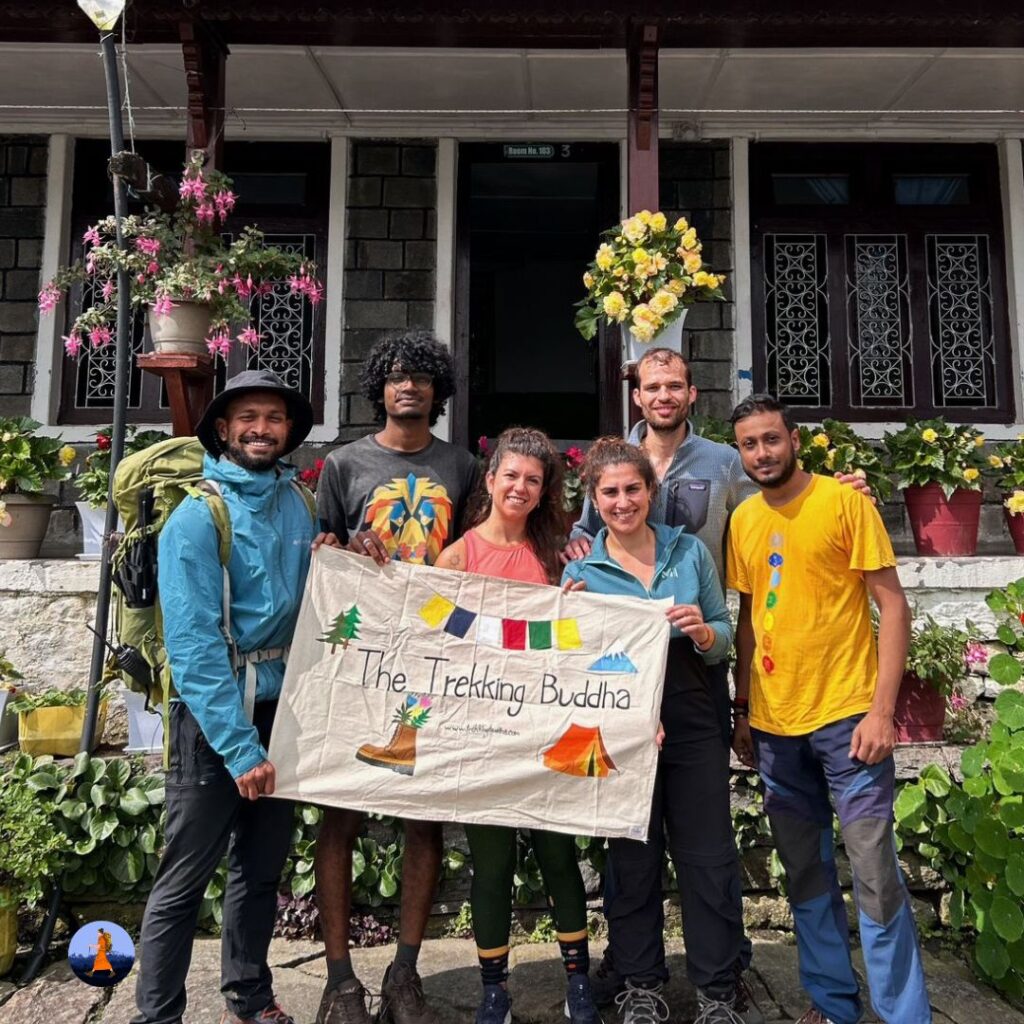
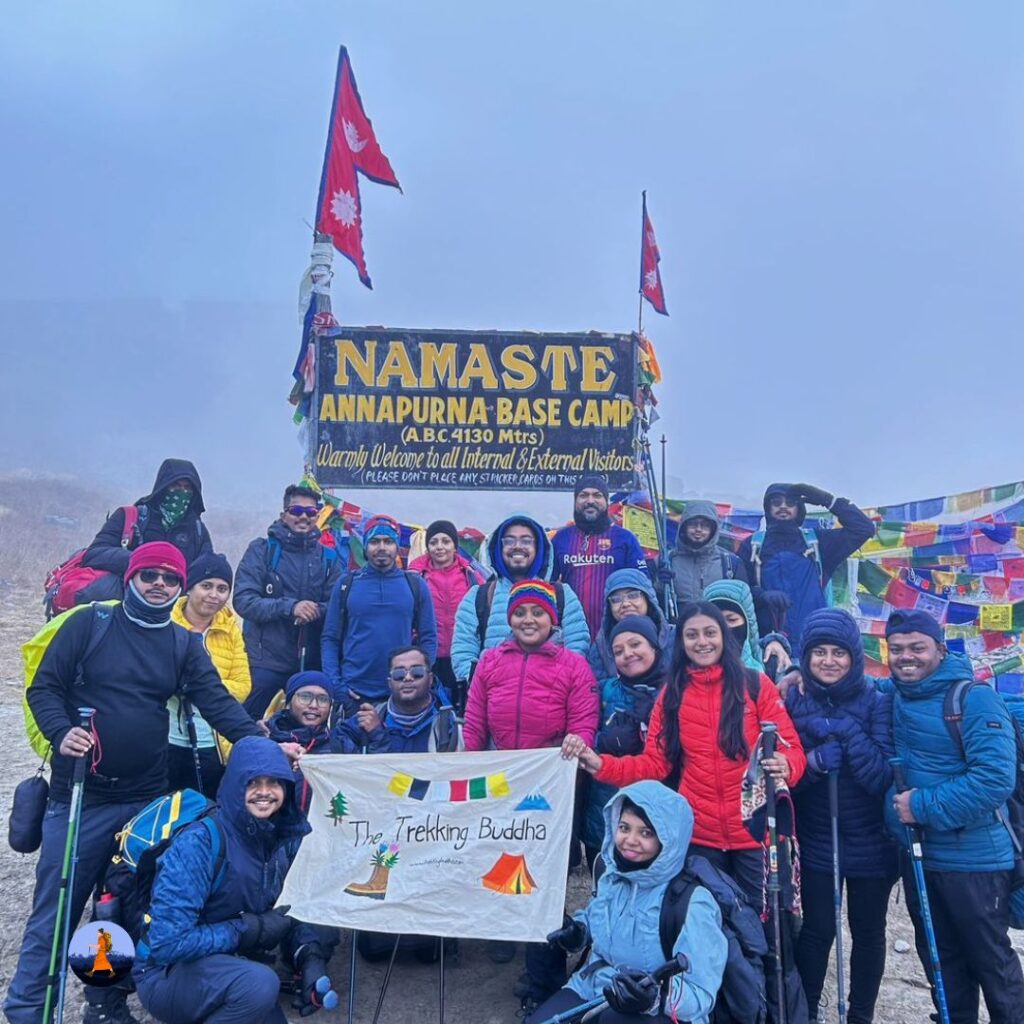
Gallery section
The easiest base camp trek of 8000m
Terms of service :
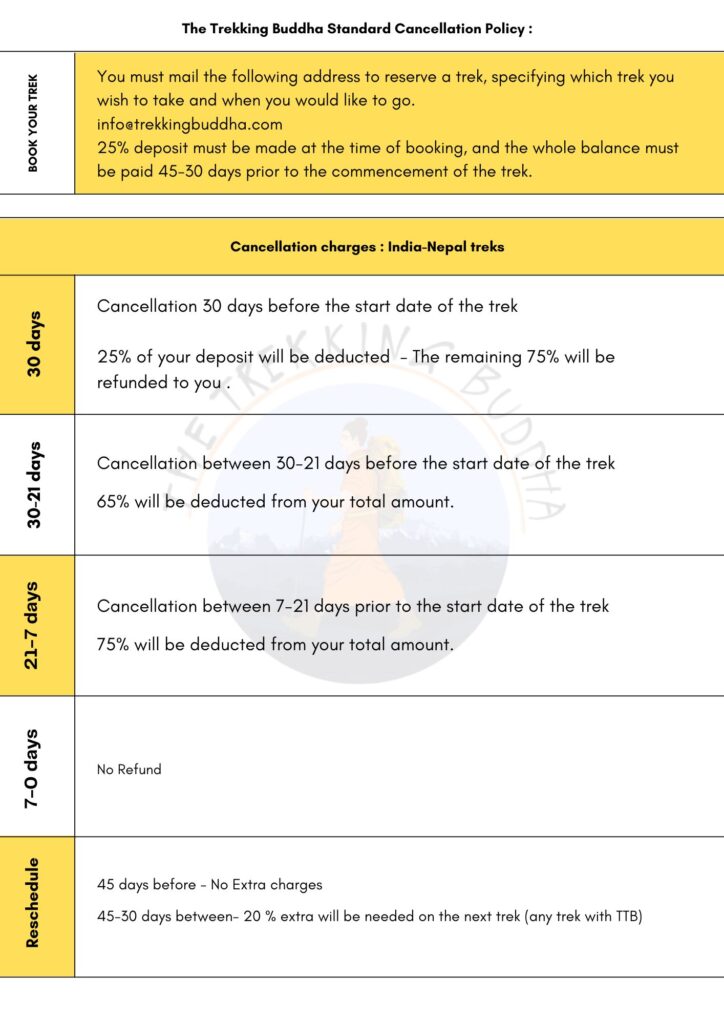
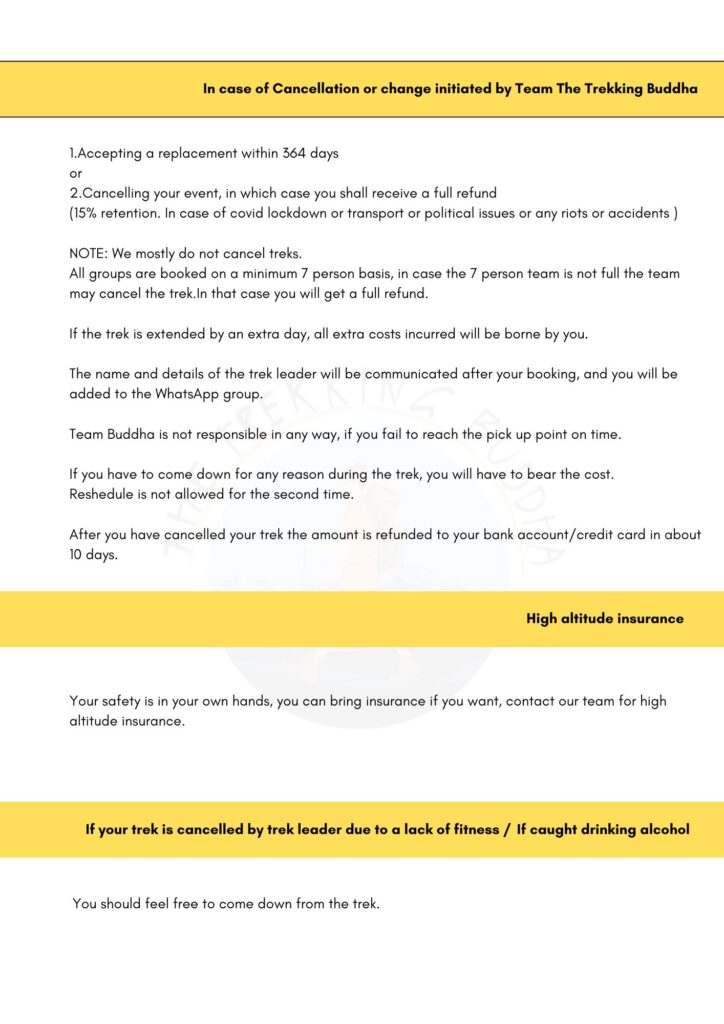
“Accommodation in Pokhara”
This is Why you should do the Annapurna Base Camp Trek. Here’s a video on it –

History of Annapurna
“Annapurna” is the 10th highest mountain in the world (8091 meters) located east of the deep gorge of the Kali Gandaki river.
Until 1948, Nepal was a closed and secret country for a trip. First a group of American ornithologists, then A group of Swiss mountaineers opened the frontier for research and exploration in the country’s northeastern region.
In 1949, the French Federation “Francaise de la Montagne” (the mountain from Annapurna Basecamp, a 4 km straight climb, and still the least climbed of the 14 8000m mountains) in Nepal, was granted permission to climb this mountain. Started negotiations with Govt.
According to Survey of India the name of this mountain is “XXXIX”. Its name is a combination of two Sanskrit words (anna and purna) which literally means ‘complete in food’. The name Annapurna is similar to another name of the Hindu goddess Durga, the Hindu divine mother, consort of Lord Shiva, whose other name is Annapurna.
Key Factors:
1950 French expedition first summited Annapurna as an 8000m mountain on June 3rd by “Maurice Harge” and his team. Annapurna is a monstrous life-killing mountain in the mountaineering empire with the highest fatality rate (33%) of all time.
It is located in the Annapurna Conservation Area in the Gandaki region of northern and central Nepal. Which is located in the district called Kaski in Nepal. One of the reasons for the inaccessibility of its ascent is the ever-unstable weather, avalanches and the complexity of the ascent.
Annapurna Basecamp Trek:
Annapurna is the first route to be climbed, the panoramic view of the basecamp is magnificent. The height of this base camp is 4130 meters. From this high altitude basecamp, the mountain itself holds a height of about 4 km touching the sky.
About 18 mountains of the Annapurna range are visible from this basecamp.Among which, Annapurna South, Annapurna 2, 3, Hiun Chulli, Singachulli, Gandharva Chulli, Glacier Dome, Tharpu Chulli, Gangapurna, Annapurna Fang, and one of the most popular mountains of Nepal “Machapuchhare/Fishtail/Fish Tail” are breathtaking views of any trekker or Enough to make the tourist addicted to the mountains.
Entering this basecamp will feel like you have entered a gallery where the only visitors are you and the 18 monstrous beauty mountains busying your eyes and mind.
অন্নপূর্ণা” পৃথিবীর দশম সর্বোচ্চ পর্বত(৮০৯১মিটার) যা কালী গন্ধকী নদীর গভীর খাদের পূর্বে অবস্থিত। ১৯৪৮ সাল এর আগ পর্যন্ত নেপাল ভ্রমনের জন্য বন্ধ ও গোপনীয় দেশ ছিলো।প্রথমে আমেরিকান পাখি গবেষকদের একটি দল, তারপর সুইস পর্বতারোহীদের একটি দলকে, দেশের উত্তর-পূর্ব দিকের অঞ্চলে রিসার্চ ও এক্সপ্লোরেশন এর জন্য সীমান্ত খুলে দেয়।
১৯৪৯ সালে ফরাসি ফেডারেশন “Francaise de la Montagne” নেপালের মধ্যে সম্পূর্ণভাবে দাঁড়িয়ে থাকা একটি ভীতিকর (অন্নপুর্না বেইসক্যাম্প থেকে এই পর্বত,সোজা ৪ কিলোমিটার আকাশ চুম্বি,এবং এখন অবদি কম সং্খ্যক বার আরোহিত হয়েছে ৮০০০মিটারের ১৪ টি পর্বতের মধ্যে) এই পর্বতের আরোহণের অনুমতির জন্য নেপাল সরকারের সাথে আলোচনা শুরু করে।
ভারতীয় সার্ভে অনুযায়ী এই পর্বতের নাম “XXXIX”।এর নাম দুটি সংস্কৃত শব্দের সংমিশ্রণে(অন্ন আর পূর্না) যার আক্ষরিক অর্থ হল ‘খাদ্যে সম্পুর্না’। অন্নপূর্ণা নামটিতে হিন্দু দেবী দুর্গার আরেকটি নামের মিল রয়েছে, হিন্দু ডিভাইন মাদার, ভগবান শিবের সহধর্মিণী,যার আরেক নাম অন্নপূর্ণা।
কী ফ্যাক্টরস:
১৯৫০ সালের ফ্রান্সের অভিযান এর মধ্য দিয়ে ০৩ জুন সর্বপ্রথম কোন ৮০০০ মিটারি পর্বত হিসেবে অন্নপূর্ণার শীর্ষে প্রথম আরোহন করেন,”মরিস হাজর্গ” ও তার দল।
এখন অবদি সর্বোচ্চ মৃত্যুর হার(৩৩%) নিয়ে অন্নপুর্না পর্বতারোহণ সাম্রাজ্যে এক মহা দানবীয় প্রান নাশক পর্বত।উত্তর ও মধ্য নেপালের গন্ধকী রিজিওনের অন্নপূর্ণা কন্সার্ভেশন এরিয়ায় এর অবস্থান। যা নেপালে কাসকি নামক জেলায় অবস্থিত। এর আরোহন দুর্গমতার অন্যতম কারন,সদা অস্থিতিশীল আবহাওয়া,তুষারধস আর আরোহনের পথ এর জটিলতা।
অন্নপূর্ণা বেইসক্যাম্প ট্রেক:
অন্নপূর্ণা প্রথম যে রুটে আরোহন সম্পন্ন হয়েছে,তার বেইসক্যাম্প এর প্যানোরমিক ভিউ দুর্দান্ত। এই ব্যাসক্যাম্পের উচ্চতা ৪১৩০ মিটার। অতি উচ্চতার এই বেইসক্যাম্প থেকে পর্বত টি সটাং করেই প্রায় ৪ কিলোমিটার আকাশ ছোঁয়া উচ্চতা ধরে রাখে।
এই বেইসক্যাম্প থেকে অন্নপূর্ণা রেঞ্জের প্রায় ১৮ টি পর্বত দৃশ্যমান।যার মধ্যে,অন্নপুর্না সাউথ,অন্নপুর্না ২,৩,হিউন চুল্লী,সিংগাচুল্লি,গন্দর্ভা চুল্লী,গ্লেসিয়ার ডোম,থার্পু চুল্লি,গংগাপুর্না,অন্নপূর্না ফ্যাং,ও নেপালের অন্যতম জনপ্রিয় পর্বত “মাচ্ছাপুচ্ছরে/ফিশটেইল/মাছের লেজ” এর মনো মুগ্ধকর দৃশ্য যেকোন ট্রেকার বা ট্যুরিস্ট কে পর্বতের নেশায় বুদ করতে যথেষ্ট।
এই বেইসক্যাম্পে প্রবেশ করলে মনে হবে আপ্নি কোন গ্যালারি তে প্রবেশ করেছেন,যার একমাত্র দর্শক আপ্নি আর আপ্নার চোখ ও মন জুড়াতে ব্যাস্ত ১৮ টি দানবীয় সুন্দরি পর্বত।
THE TREKKING BUDDHA
